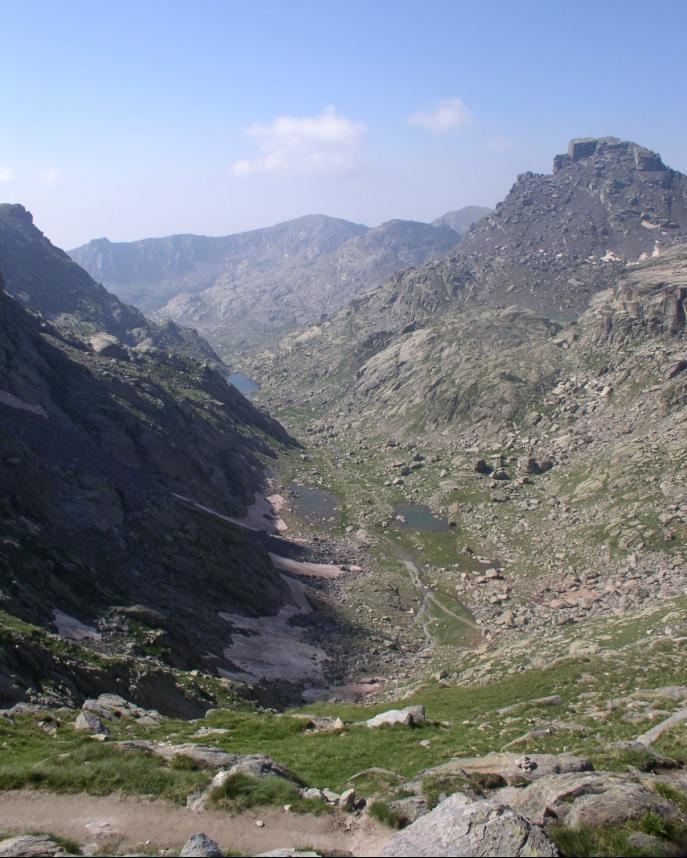Phone +33 4 93 04 73 71 | ||
 | ||
Hours Open today · 7:30–11:30AMSaturday7:30–11:30AMSundayClosedMonday7:30AM–5:30PMTuesday7:30AM–5:30PMWednesday7:30AM–5:30PMThursday7:30AM–5:30PMFriday7:30AM–5:30PMSuggest an edit Similar Mercantour National Park, Alps, Mont Bégo, French Riviera, Musée des Merveilles | ||
Chroniques du mercantour saison 1 episode 7 la vall e des merveilles
The Vallée des Merveilles, also known in Italian as the Valle delle Meraviglie (English: Valley of Marvels), is a part of the Mercantour National Park in southern France. It holds the largest quantity of open-air Bronze Age petroglyphs in Europe, after Val Camonica in Italy, and is given special note for the area's inclusion for the European Diploma of Protected Areas.
Contents
- Chroniques du mercantour saison 1 episode 7 la vall e des merveilles
- La vall e des merveilles dans le mercantour
- Location
- Petroglyphs
- References
La vall e des merveilles dans le mercantour
Location
The valley is located in the rugged mountains of the Argentera massif within the Maritime Alps north of the French Riviera, north of Menton, between Saint Martin-Vésubie and Tende, near the Italian border.
Petroglyphs
The petroglyphs (rock engravings), located on stone outcrops within the valley, were first identified by British amateur archaeologist Clarence Bicknell in 1881. Between 1897 and 1902, Bicknell copied and catalogued more than 10,000 drawings.
Beginning in 1967, an extensive study of the petroglyphs was begun by French archaeologist Henry de Lumley. De Lumley and a team of his postgraduate students classified the petroglyphs in the 40 km² area, with the greatest concentration in a 14 km² archaeological site on the slope of Mount Bégo. the engravings display objects like daggers, axes, and scythes. Suns, stars and spirals are represented. Ovals with criss-crossed lines may represent land or the earth. Some anthropomorphic figures have been found. The most common drawings are of horned animals.
Henry de Lumley has theorized the petroglyphs are the work of a Mediterranean Bronze Age people who worshipped the bull and for whom Mount Bégo was a sacred site.
The Musée des Merveilles at Tende houses numerous castings of the petroglyphs.
